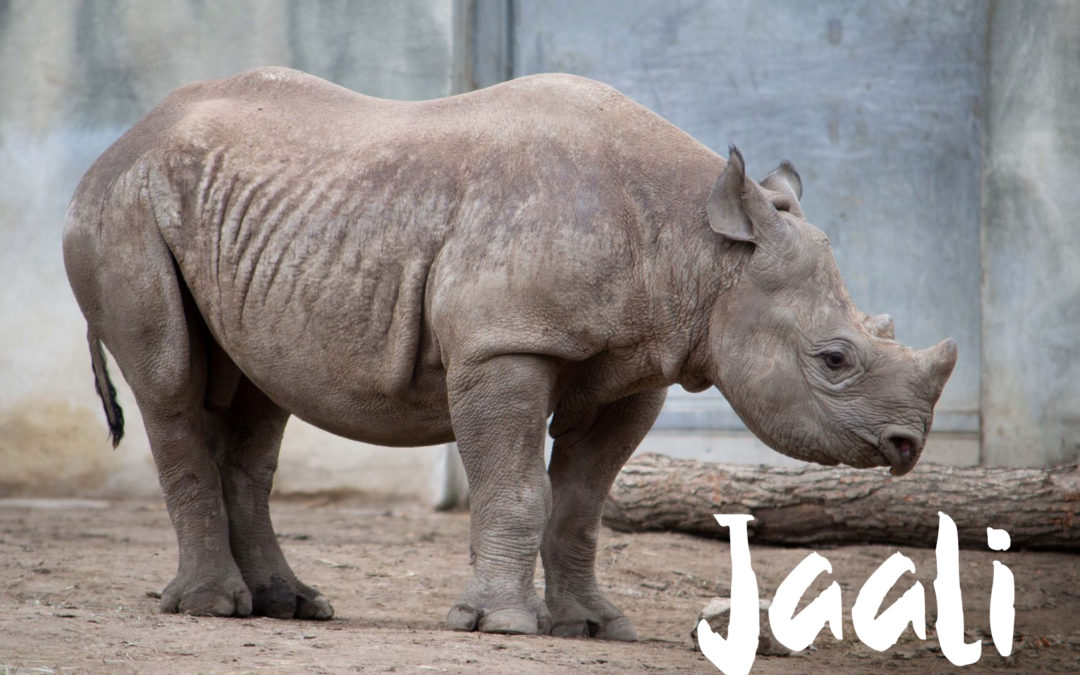The Living Desert Zoo and Gardens is preparing to unveil its biggest expansion to date – the Rhino Savanna. Set to debut November 12, 2021, the new four-acre habitat will offer guests incredible opportunities to meet Jaali and Nia, a pair of African black rhinos.
The new Rhino Savanna was designed and built with state-of-the-art features that ensure animal wellbeing and care are the priority including wide-open grasslands, rocky terraces, and a mud wallow and watering hole. The Rhino Savanna will be an engaging environment not only for the animals, but also for zoo guests. Joining the black rhinos will be a cast of 11 new species of furry, feathered, and subterranean friends including springbok, waterbuck, pelicans, naked mole rats, and mongoose.
Jaali (pronounced Jolly) a 1 ½ year old eastern black rhino has arrived from the Potter Park Zoo in Lansing, MI, and almost 3-year-old Nia (pronounced Ny-a) is from the Cleveland Metroparks Zoo in Cleveland, OH. Their arrivals are based on the Association of Zoos and Aquariums’ (AZA) Species Survival Plan (SSP) breeding recommendations that were set earlier this year.
As one of only 25 AZA-accredited facilities to care for eastern black rhinos, The Living Desert works collaboratively with other facilities to ensure this iconic species doesn’t go extinct. Jaali and Nia have been strategically matched, and there are high hopes for their future breeding success at The Living Desert.

Currently listed by the International Union for Conservation of Nature (IUCN) as Critically Endangered, eastern black rhino (Diceros Bicornis Michaeli) number fewer than 5,600 individuals across Africa. Native to the savannas and grasslands of southern and eastern Africa, black rhinos are browsers eating from trees and bushes, have distinguishing features including two horns, a prehensile lip, large cone-shaped ears, thick skin, and mature adults can weigh more than 3,000 pounds. Black rhinos’ main threats are humans, and in particular, the current rampant poaching for their horns for ill-perceived medicinal uses.
For additional information on The Living Desert’s Rhino Savanna, visit LivingDesert.org/Rhino.

